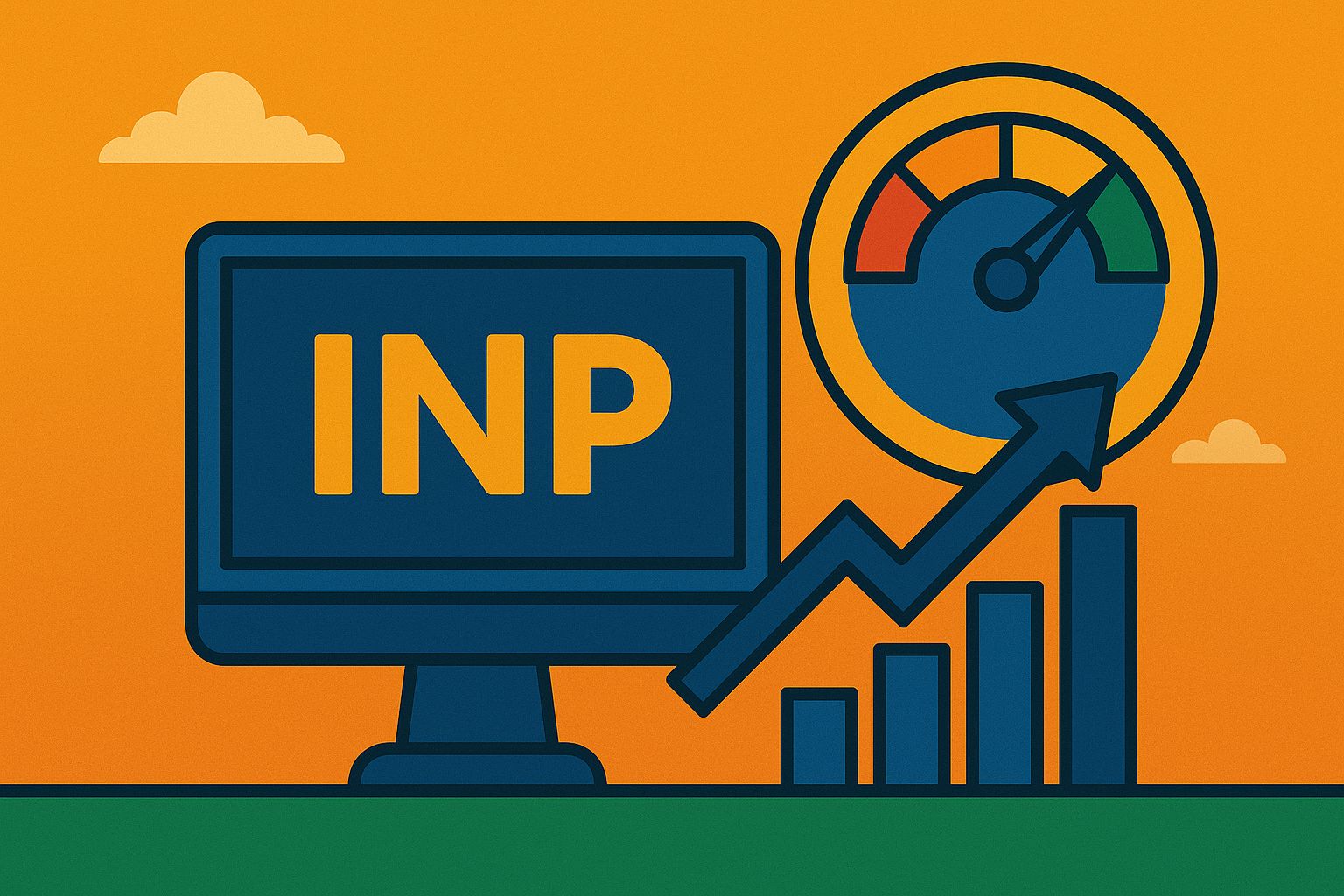Have you ever found yourself bogged down in Excel, wishing there was an easier way to streamline your workflow? Well, you’re in luck. With React, you can build custom Excel add-ins that make your life a whole lot easier. Imagine having your own personal assistant in Excel, tailored exactly to your needs. Sounds great, right? Let’s dive into the exciting world of React development and create a snazzy Excel add-in that will wow your colleagues and make your boss think you’ve got some kind of magic spreadsheet powers.
What is an Excel Add-In?
Before we jump into the nitty-gritty, let’s clear up what an Excel add-in actually is. Think of it as a superpower you can add to Excel. It’s like giving your Excel a jetpack, allowing it to do things it couldn’t do before. You can automate tasks, pull in data from various sources, and generally make Excel sing and dance to your tune.
Why Use React for Building Excel Add-Ins?
You might be wondering, “Why React?” React is a powerful JavaScript library used for building user interfaces. It’s like the Swiss Army knife of web development. Its component-based architecture makes it perfect for creating dynamic and responsive user interfaces. Plus, if you’re already familiar with web development, you’ll find it a breeze to work with.
- Setting Up Your Environment
First things first, let’s get your environment set up. You’ll need Node.js and npm (Node Package Manager). If you don’t have them installed yet, head over to Node.js and download the latest version.
Once you’ve got Node.js and npm installed, you can create a new React app using Create React App. Open up your terminal (or Command Prompt if you’re on Windows) and type:
bash
npx create-react-app excel-add-in
cd excel-add-in
This sets up a new React project called excel-add-in. Easy peasy, right?
- Installing Office Add-In Tools
Next up, we need to install the Office Add-In tools. Microsoft provides a handy-dandy package called yo office which helps scaffold out an Office Add-In project. In your terminal, run:
bash
npm install -g yo generator-office
yo office
You’ll be prompted with a series of questions. For the project type, select “Excel Add-in”. For the framework, select “React”. Give your project a name and choose a directory to save it in. Voila! You’ve got the skeleton of an Excel add-in.
- Building the Add-In
Now comes the fun part – building the add-in. Open your project in your favourite code editor (VS Code is a solid choice). You’ll see a pretty typical React project structure, but with some extra folders and files specific to Office Add-Ins.
- Adding a Task Pane
The task pane is where your custom UI will live. It’s like a sidebar in Excel where your add-in will show its magic. In the src folder, open taskpane.html. This is the entry point for your task pane. You can edit this file to include your custom HTML.
In src/taskpane/taskpane.js, you’ll see the main React component for the task pane. This is where you’ll build your UI using React.
- Connecting to Excel
Let’s get your add-in talking to Excel. Office.js is the library that allows your add-in to interact with Excel. In src/taskpane/taskpane.js, add the following import at the top:
javascript
import * as Excel from “exceljs”;
This pulls in the Excel.js library, which you’ll use to interact with Excel. Now, let’s add a simple function to write something to the currently selected cell.
Add this function to your main React component:
javascript
const writeToCell = async () => {
try {
await Excel.run(async (context) => {
const range = context.workbook.getSelectedRange();
range.values = [[“Hello from React!”]];
await context.sync();
});
} catch (error) {
console.error(error);
}
};
This function uses the Excel.js library to get the currently selected range in Excel and write “Hello from React!” to it. Neat, huh?
Now, let’s add a button to trigger this function. In the render method of your component, add a button like this:
jsx
<button onClick={writeToCell}>Write to Cell</button>
When you click this button, it should write to the selected cell in Excel.
Testing Your Add-In
Let’s see your creation in action! In your terminal, run:
bash
npm start
This will start a development server and open your add-in in Excel. If everything’s set up correctly, you should see your React component in the task pane. Select a cell in Excel, click the “Write to Cell” button, and watch the magic happen.
Adding More Features
The sky’s the limit when it comes to what you can do with your add-in. Here are a few ideas to get you started:
- Data Fetching: Pull data from an API and display it in Excel.
- Data Visualization: Use a charting library like Chart.js to create interactive charts in the task pane.
- Automation: Automate repetitive tasks like formatting cells or generating reports.
Fetching Data from an API
Let’s add a feature to fetch data from an API and display it in Excel. For this example, we’ll fetch some random jokes from the Official Joke API.
First, install the axios library to make HTTP requests:
bash
npm install axios
Next, add a function to fetch data from the API:
javascript
import axios from ‘axios’;
const fetchJoke = async () => {
try {
const response = await axios.get(‘https://official-joke-api.appspot.com/jokes/random’);
const joke = response.data.setup + ” – ” + response.data.punchline;
await Excel.run(async (context) => {
const range = context.workbook.getSelectedRange();
range.values = [[joke]];
await context.sync();
});
} catch (error) {
console.error(error);
}
};
Now, add a button to trigger this function:
jsx
<button onClick={fetchJoke}>Fetch a Joke</button>
When you click this button, it should fetch a joke from the API and write it to the selected cell in Excel. Your colleagues will be rolling in the aisles (or at least mildly amused).
- Wrapping Up: And there you have it – your very own Excel add-in built with React. You’ve transformed Excel from a mere spreadsheet application into a dynamic, interactive powerhouse. Not only does this make your workflow smoother, but it also adds a layer of fun to your day-to-day tasks.
Final Thoughts
Building Excel add-ins with React opens up a world of possibilities. You can automate tedious tasks, integrate external data, and create interactive user interfaces – all within Excel. It’s like turning your everyday toolkit into a high-tech, custom-fitted supertool. So, what are you waiting for? Dive into React development, start building your own Excel add-ins, and become the office hero you were always meant to be.




